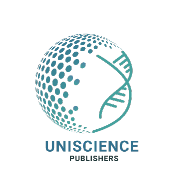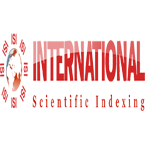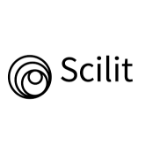In dentistry, bone is one of the most commonly repaired and reshaped, high load organ of the body. Currently, functional treatment of fractures and bone loss associated with trauma, cancer or revision of post-extraction maxillo-facial resorption, remains a significant challenge in the field of reconstructive dentistry and orthopaedics. This is why the development of new medical devices as biomaterials, supporting complete bone reconstruction, reshaping and providing anatomical osseointegration, should be one of the key objectives to design next-generation bone-substitute implantable medical devices. Composite poly-DL-lactide-co-glycolide (DLPLG)- betaTCP combines the advantages of different materials, offer high flexibility and versatility in biomedical and tissue engineering applications. Results showed that composites is resorbable and biocompatible. This composites have neither cytotoxic nor negative effects on osteoblast in culture and cell proliferation is significantly improved in the presence of this Ca based biomaterials, indicating an early stage of attachment to the composite substrate. Morphological and functional in vitro tests evidenced that the three particulate composite formulations have excellent cytocompatibility and provide a good, promising substrate for osteoblast proliferation, attachment and differentiation. Therefore, proposed composites, with all three particulates, make them suitable as implantable scaffolds for new bone cells ingrowth and thus for bone engineering. Results of the biocompatibility testing of this medical device, significantly contribute to the benefit and safety of the patients.
Bone Grafting with a New Implantable Medical Device. Design and the Biocompatibility













